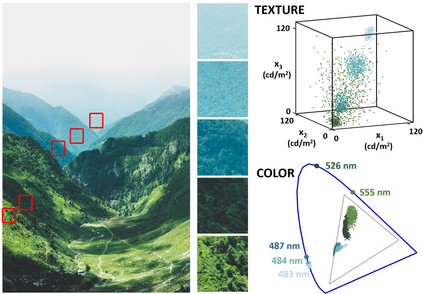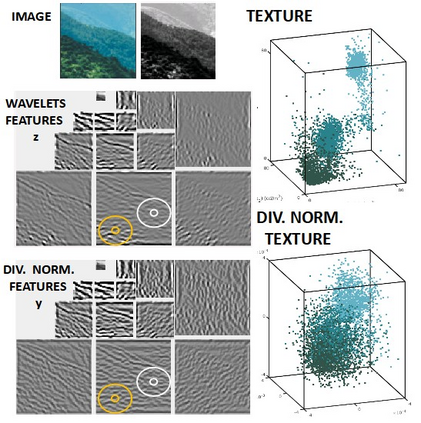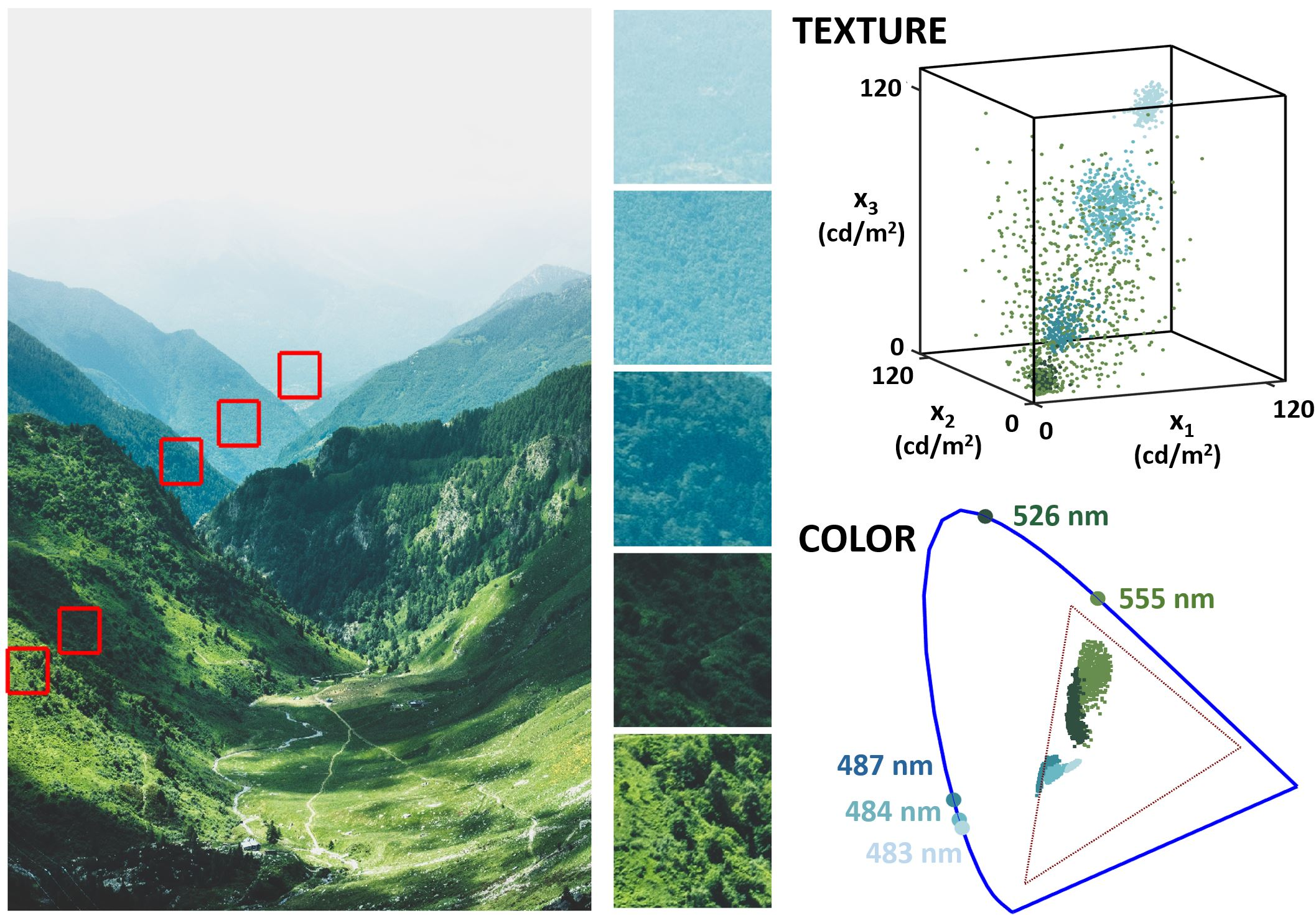One of the key problems in computer vision is adaptation: models are too rigid to follow the variability of the inputs. The canonical computation that explains adaptation in sensory neuroscience is divisive normalization, and it has appealing effects on image manifolds. In this work we show that including divisive normalization in current deep networks makes them more invariant to non-informative changes in the images. In particular, we focus on U-Net architectures for image segmentation. Experiments show that the inclusion of divisive normalization in the U-Net architecture leads to better segmentation results with respect to conventional U-Net. The gain increases steadily when dealing with images acquired in bad weather conditions. In addition to the results on the Cityscapes and Foggy Cityscapes datasets, we explain these advantages through visualization of the responses: the equalization induced by the divisive normalization leads to more invariant features to local changes in contrast and illumination.
翻译:计算机愿景中的一个关键问题是适应性:模型过于僵硬,无法跟上投入的变异性。解释感官神经科学适应的卡通计算是分化性神经科学的正常化,对图像元件有吸引力的影响。在这项工作中,我们表明,包括目前深层网络的分裂性正常化,使得这些网络对图像的非信息化变化更具异性。特别是,我们侧重于用于图像分割的U-Net结构。实验显示,将分裂性正常化纳入U-Net结构会改善传统的U-Net的分化结果。在处理在恶劣天气条件下获得的图像时,收益稳步增加。除了城市景景和Foggy市景数据集的结果外,我们通过可视化反应来解释这些优势:分裂性正常化引起的平衡性导致地方对比和照明变化的变异性增加。











